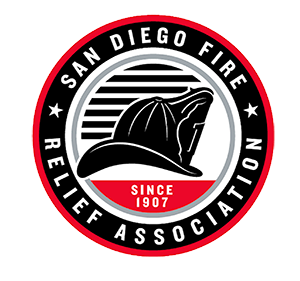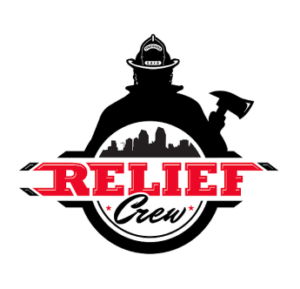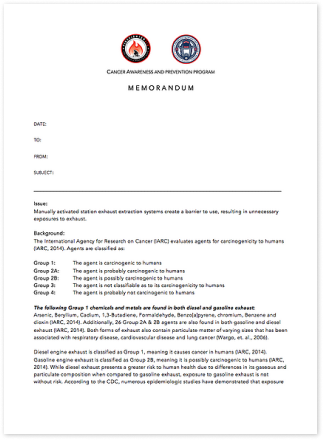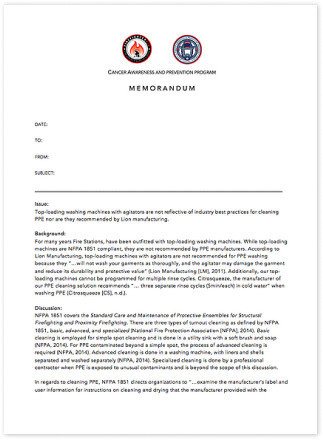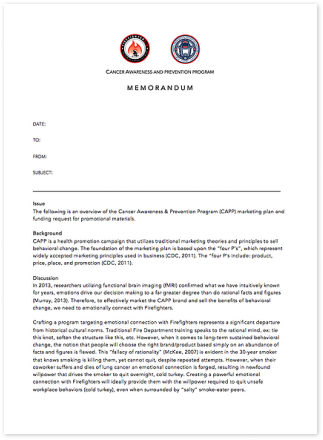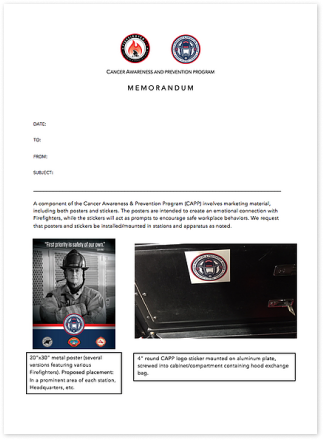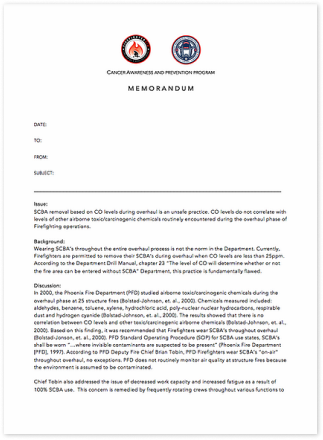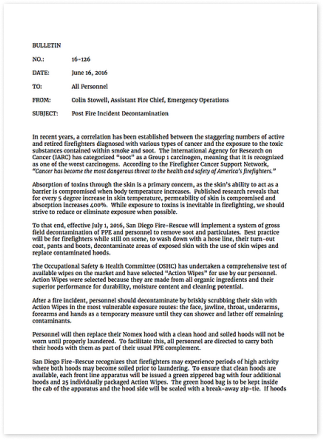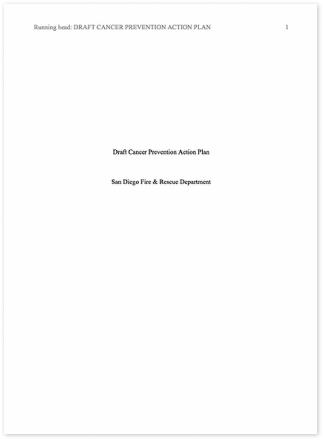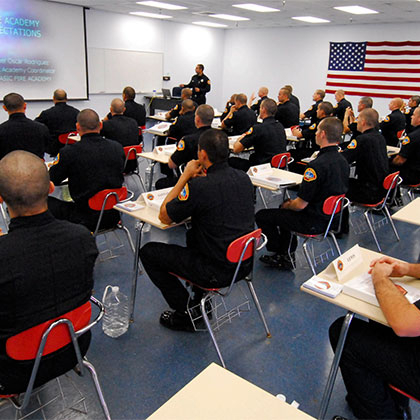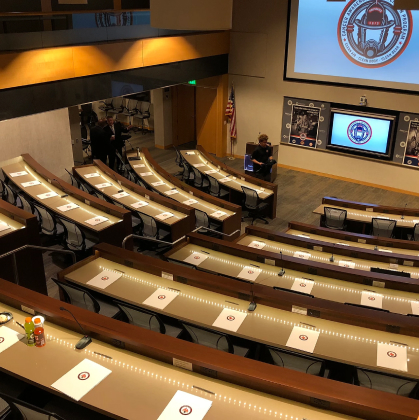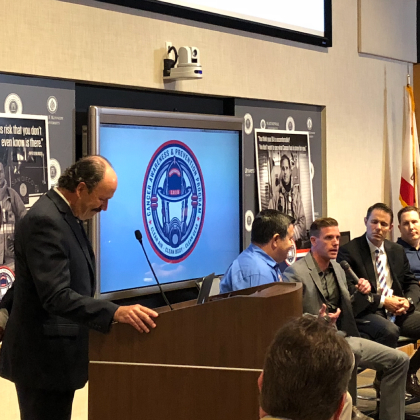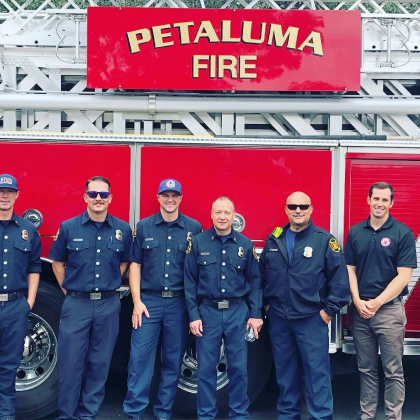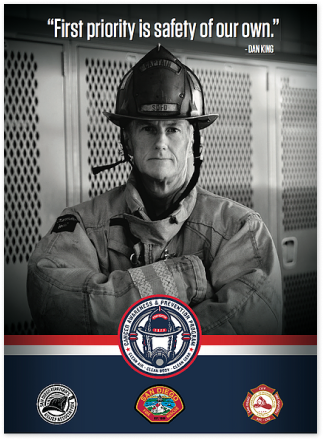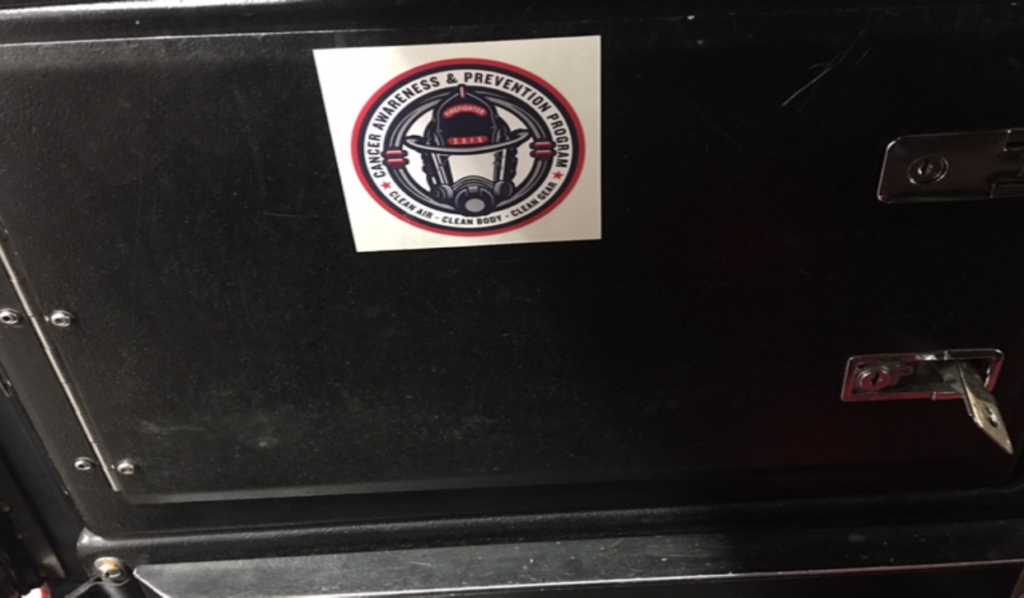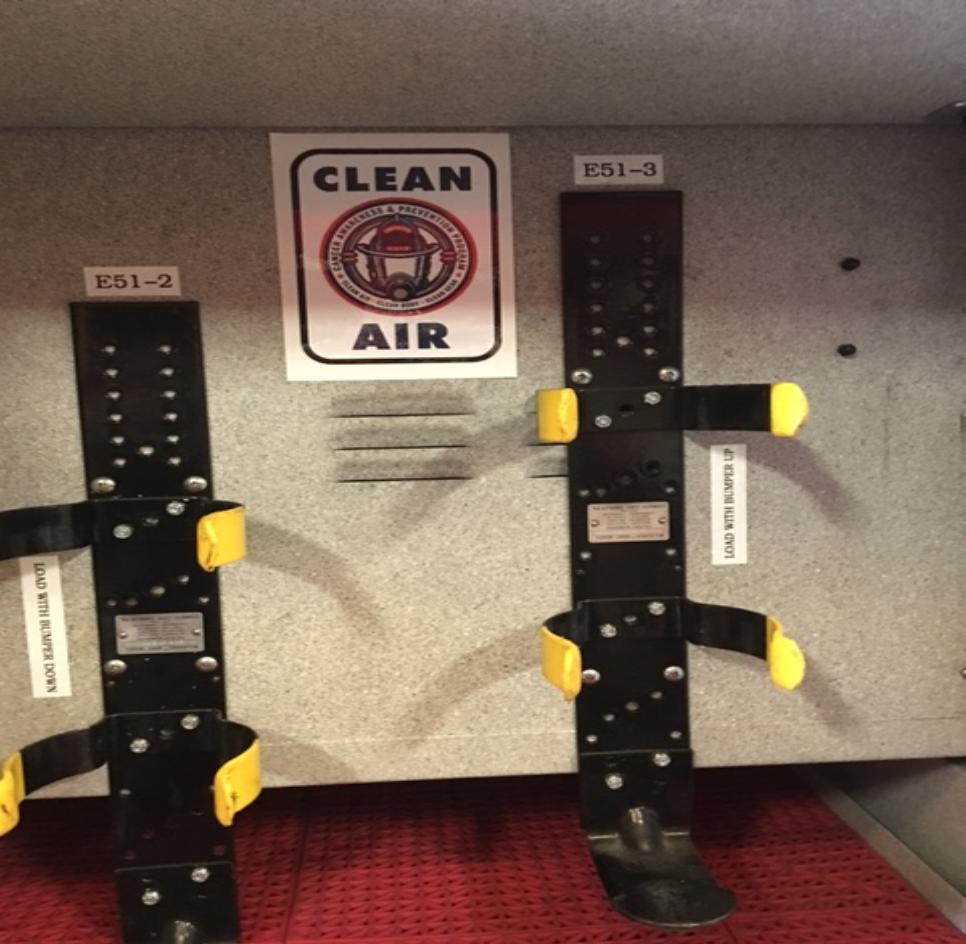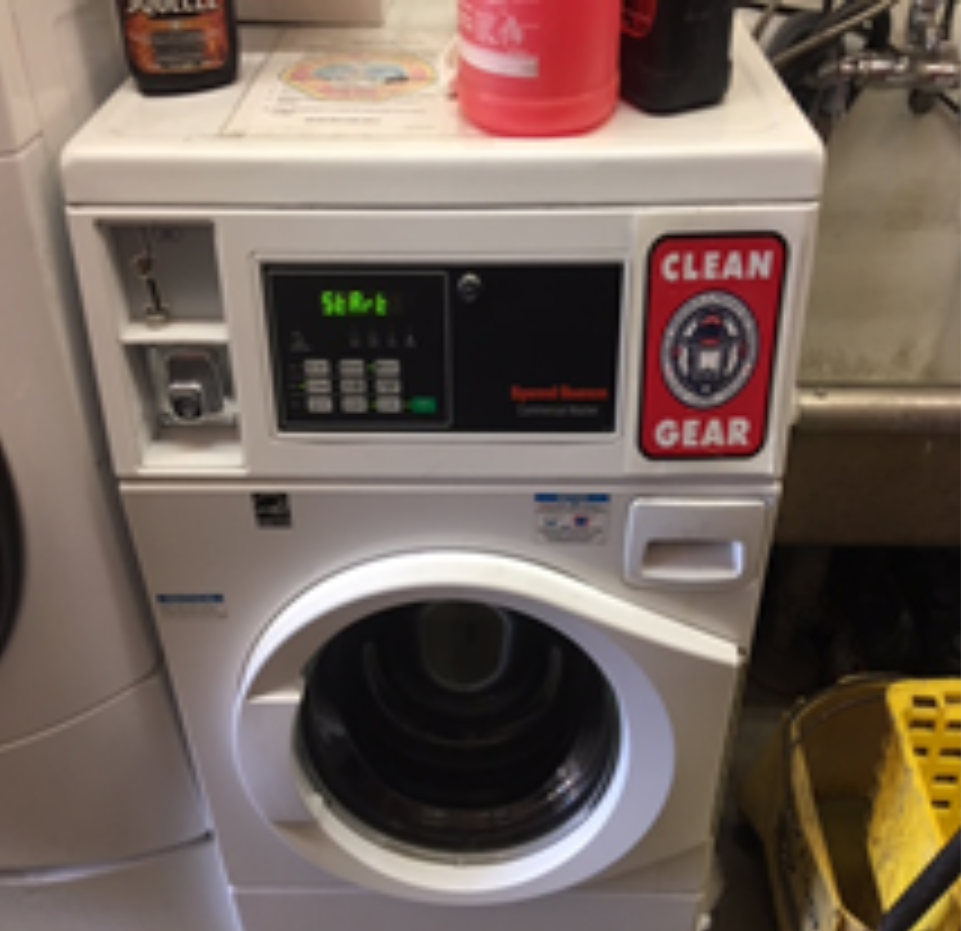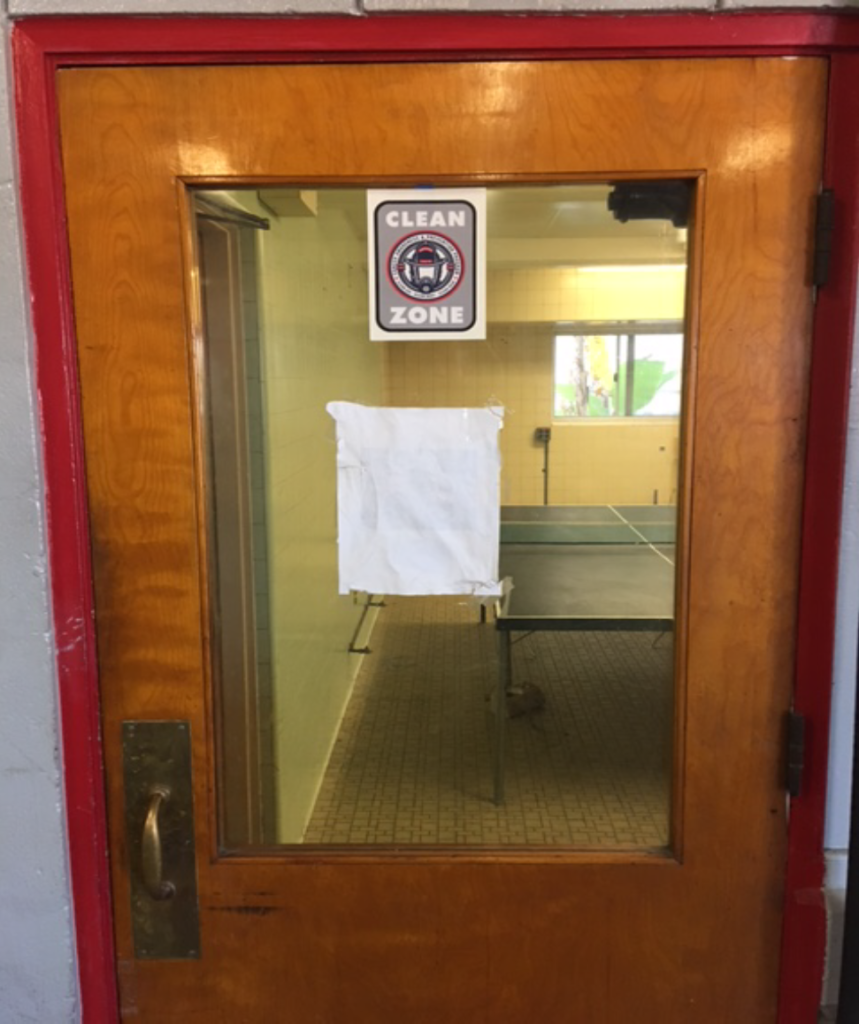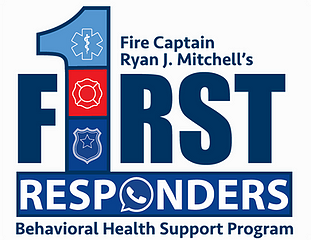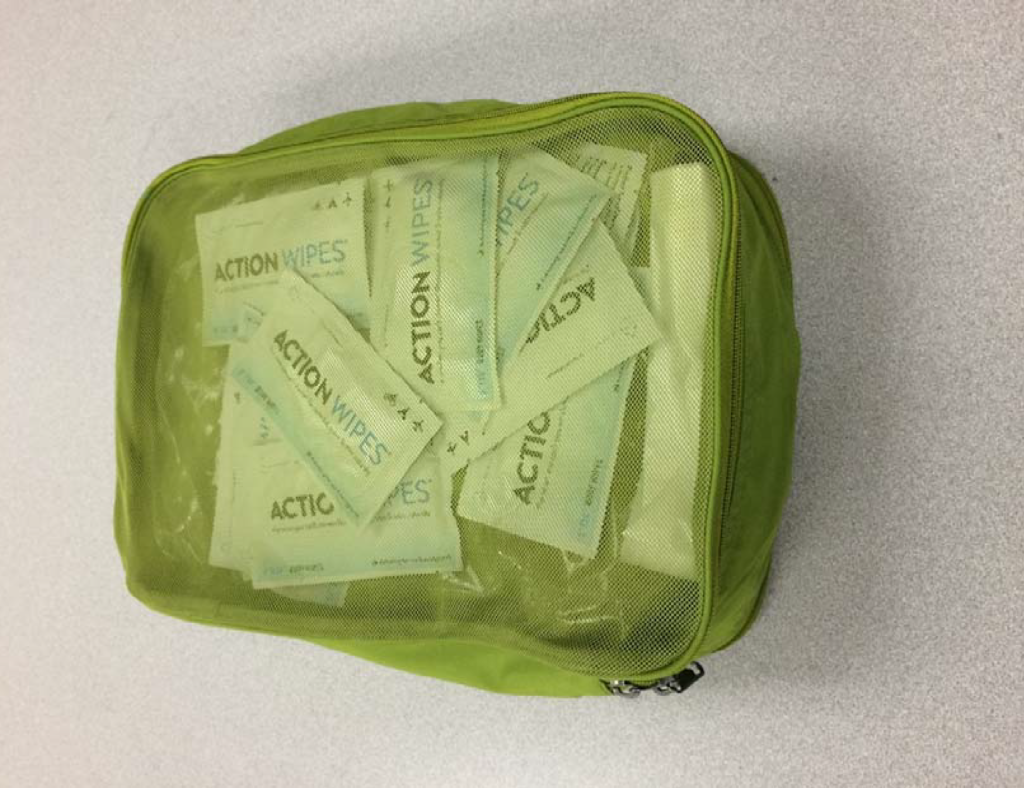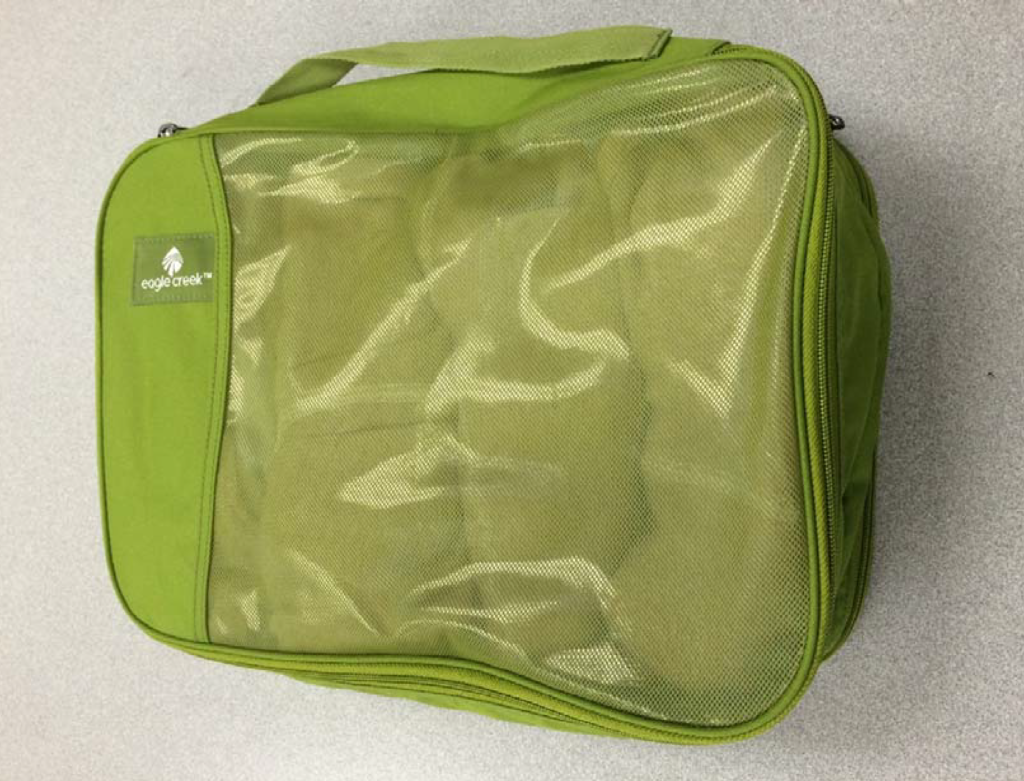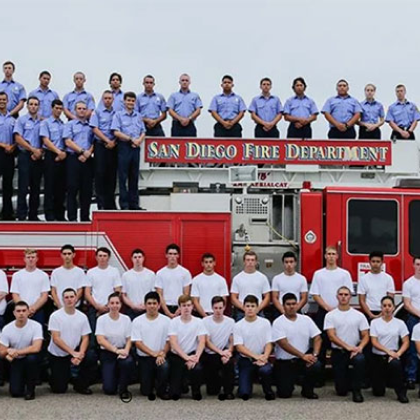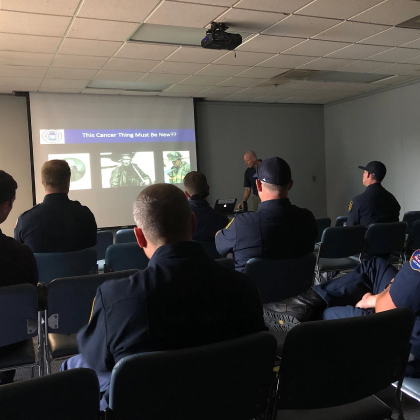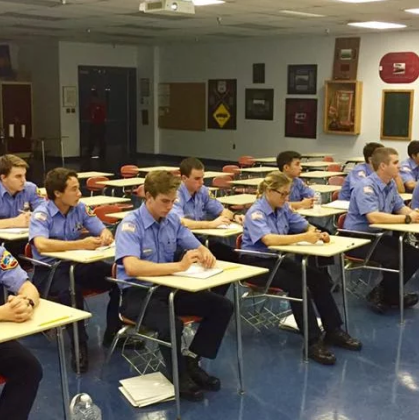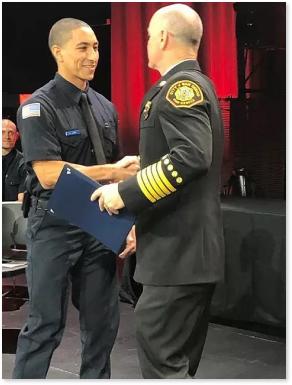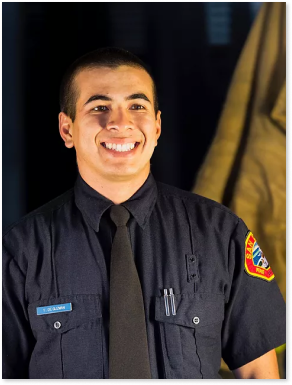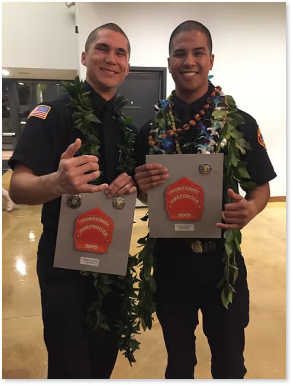Clean Air, Body, and Gear
Safety Programs

Clean Air Safe Work Practices
Learn the importance of using, cleaning & maintaining your respirators as well as methods of care for loading and maintaining rigs in the fire station to reduce exposure to cancer-causing compounds in the air.
Today’s firefighter will most likely not die in a fire saving a life; they will die in a hospital bed from work-related cancer. 2015 revealed shocking statistics of firefighters battling work-related cancers. Cancers that we believe to be preventable. CAPP was founded with the sole purpose to reinforce best practices of firefighters in the workplace specializing in Clean Air, Clean Body, and Clean Gear.
The program includes an in person department cancer training class, an impact video, the following training videos on the 3C’s, warning identifiers, behavioral and cultural changes to prevent cancer, and posters of peers in every fire station and apparatus. Most importantly, our CAPP Program is on a mission to break down stereotypes of what it means to be a firefighter and educate them on how to protect themselves every day from the threat of cancer.
A special thanks to the Dauch Family Foundation and Mustache Madness for supporting the CAPP Videos
Clean Body Safe Work Practices
Learn clean body-in-action principles that will help you reduce the absorption of toxins and cancer-causing conditions.
Clean Gear Safe Work Practices
Learn more about the value of cleaning and sanitizing fire-fighting gear properly to remove contaminants.
Another Problem
Firefighting turnouts and gear offer protection from the intense heat encountered while on fires but do allow some cancer-causing particles such as soot to penetrate the gear and end up on firefighters’ skin. There, it can be absorbed into the body if action is not taken to mitigate the risk.
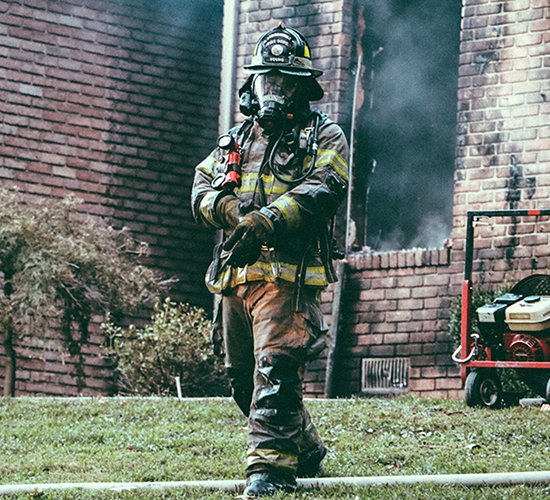

The Goal
One of our main goals is to educate firefighters about the risk that cancer poses to them and how they can do to protect themselves. The biggest goal of all is to reduce the incidence of occupational cancer in the fire service.
Another Goal: We need to collectively shift the culture in the fire service to value clean gear. For many years, dirty firefighting gear was a badge of honor. Now we know better, and it’s time to start adopting a different mindset. Go to battle, get dirty, fight the fire, knock it down. But then, return home to the station and get clean.
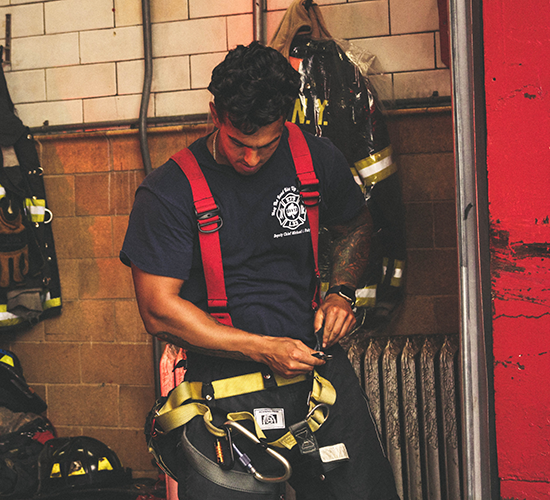

The Solution
The solution is to break down the stereotypes of what it means to be a firefighter and teach them how to protect themselves every day from the threat of cancer.
In 2018, we partnered with National University for a live filming of our CAPP Program curriculum. In front of a class of 70, our CAPP Program Ambassador presented the curriculum to help them understand how simple it really is for any fire department to combat job-related cancers with tools that they currently have in their stations. Now we want to share it all with you.
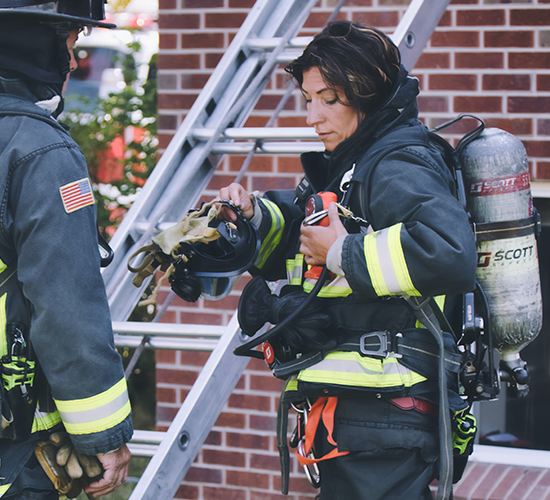
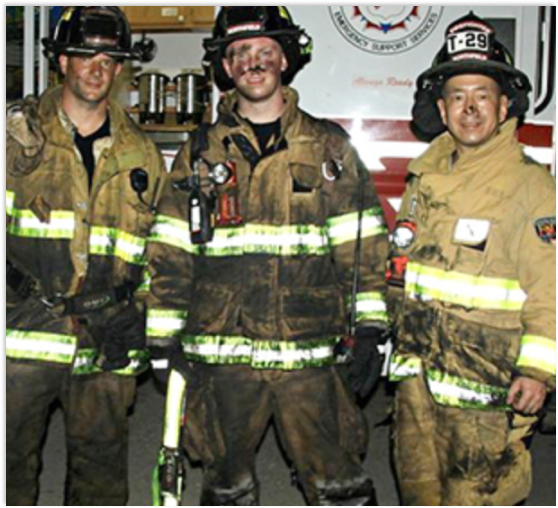
Begin your journey to a cancer-free
station and department.
Building a successful cancer program within your station won’t happen overnight. The videos give you all the tools you need to start saving firefighter lives but you can get more support to help aid you in your journey.
If you would like to receive in-depth training for your fire station you can schedule a FREE in-person presentation with our CAPP team today.
In-person training includes:
- 60 min presentation, which consists of a 45 min presentation and a 15 min Q&A for every shift.
- Helmet Stickers for the department
- Decontamination Buckets
CAPP Resources
One of our program’s main goals is to share what we’ve built and make our program accessible to Firefighters and fire stations everywhere by providing it for free.
We’ve made it easier for fire stations and departments to take what we’ve created and implement it to initiate change. You can order informative posters that include information about peers who have won their battle against cancer, warning and identifier stickers to place throughout the stations as task reminders, and other helpful resources to help start your own program.
Videos
The Impact Film
Our video took six months to produce and shares the life-changing stories of 12 San Diego Fire-Rescue Department cancer survivors on their journey to protect and serve the public, but found themselves being the ones who needed assistance. These brave men and women opened up to FirefighterAid and our film producer, Jason Curtis, about their journey. They shared things they could have done differently and what they now do differently to protect themselves.
A special thank you to the brave men and women who have shared their stories to affect positive change.
The Presentation
In this one-hour video you will see the entire CAPP presentation as delivered by our CAPP Ambassador, Kurtis Bennett to a group of San Diego County’s top fire personnel. Kurtis spent years researching firefighter occupational cancers, interviewing and connecting with researchers, authors, and firefighters to build a straightforward approach to fighting occupational cancer. Our presentation is broken down into three simple components and focuses on behavioral changes that is easily be applied to any fire station and department.
See just how easy it is to implement the 3 C’s (Clean Air, Clean Body, Clean Gear) into your department’s every day routine.
Station Identifier Stickers

Helmet Stickers

If you believe in staying on air,
If you believe in washing your gear,
If you believe in doing the small things every day that stand to make a big difference over the course of your career,
Then put this sticker on the back of your helmet and show everyone that you believe in doing the right thing!
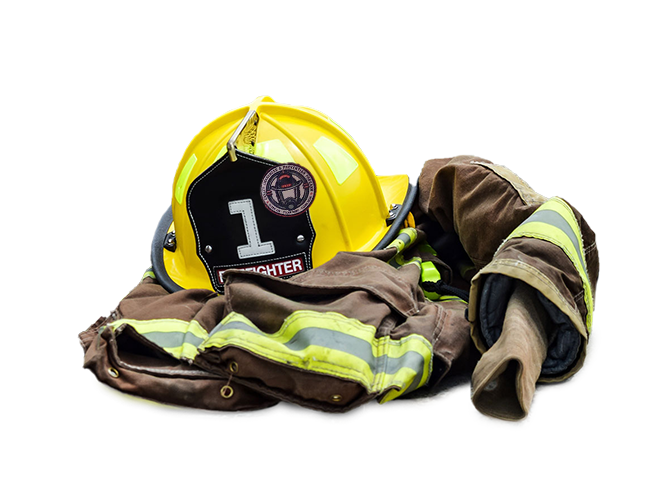
Additional Information
You don’t have to know everything, but you should know yourself and your body pretty well. So if something seems off, you should head to your health care provider and talk to them about it as soon as possible. Listen to your friends, coworkers, and family – they know you pretty well too. While we don’t want anything to ever happen to you, we do want you to be healthy and well taken care of. Being a firefighter or the family of a firefighter can be difficult, and there are many health hazards that can come with the job. That being said, even if you are curious, you should be screened for cancer. Early detection can make a world of difference for many cancer warriors.
It can be very scary, and we understand that. However, you are NEVER alone. We are here for you; your brothers and sisters in the fire service are here for you; and your family is here for you. Please be sure to get regular screenings, wipe down and shower after responding to a fire, wash your turnouts, and wear your breather to help reduce your risks. Additionally, keep yourself educated.
Check out some of the additional resources below to be sure you know warning signs, possible carcinogen origins, and more. If you have questions, please talk to your health care provider as soon as possible. We are all here with you through this journey.
Cancer Prevention Resources
Begin your journey to a cancer-free
station and department.
Building a successful cancer program won’t happen over night, but we’ve given you a great place to start! All the tools you need to start saving firefighter lives are already at your disposal! Yes, you can always do more and purchase the fancy tools to help aid you in your journey, but you can start for free today.
So, why are you still here?! Be a part of the positive cultural and behavioral change and get our CAPP Program in your fire station or your department now! That’s right, we said FREE.
